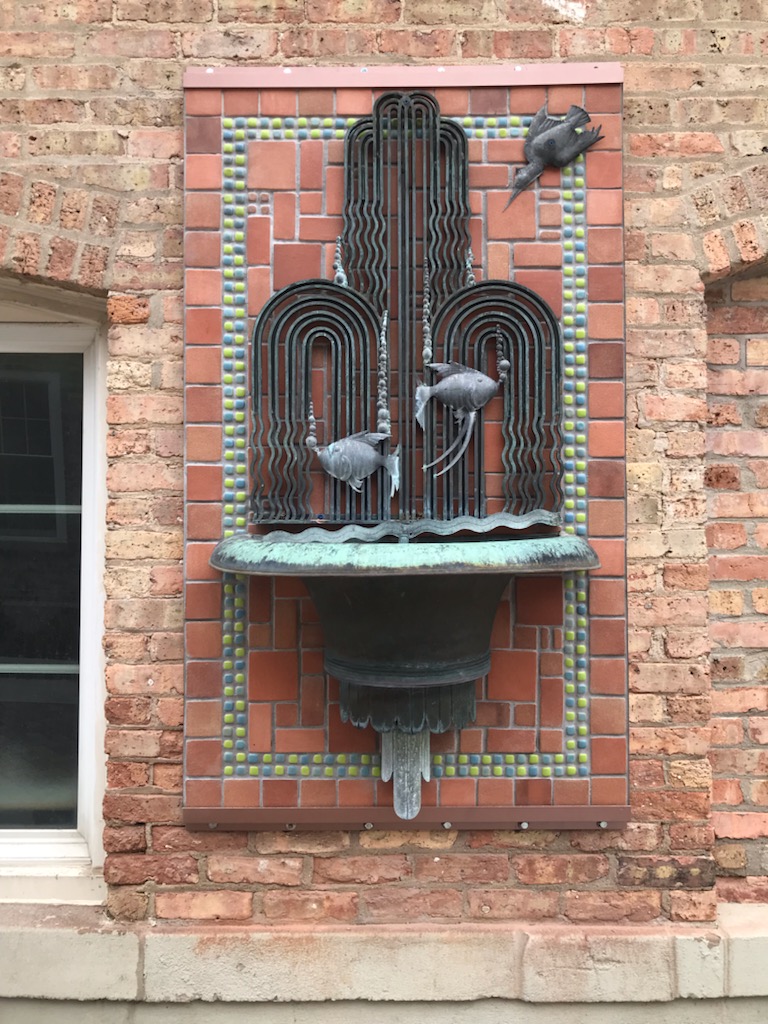Architecture

Shorewood is rich in architectural diversity, having representative buildings from every decade starting from the 1880s. From its early 20th century Lake Drive “gold coast” mansions to the many blocks of more modest bungalows and duplexes, to its modern apartment buildings, it is a unique collection of a variety of styles in a relatively compact square mile.
The Architectural Survey of Shorewood, Wisconsin (2011) states:
“The rapid growth of Shorewood into a fashionable suburb is not only interesting from a local history standpoint, but also as a national example of historic suburban development during the first half of the twentieth century. How Shorewood developed during this short period of largely 20 years can shed valuable light on the overall history of suburban development in the United States.”
The architectural styles include:
American Farmhouse, Colonial and Dutch Colonial Revival, Tudor Revival, Mediterranean Revival, French, and Mission Style Revival, Arts and Crafts, Craftsman, Bungalow, American Foursquare, and Prairie Style. A few examples of Mid-Century Modern and later contemporary buildings were added in later decades. *
The work of several leading early 20th century Milwaukee architects can be found in the village. Not only did they work for clients, but some also designed residences for themselves in the village. Firms whose work has been identified include Charles Valentine, Eschweiler & Eschweiler, Thomas Van Alyea, Russell Barr Williamson, Martin Tullgren and Sons, Herbst & Kuenzli and village engineer and later Wisconsin architect, Henry Hengels. Other noteworthy Milwaukee builders include George Schley & Sons, George Zagel & Bro., Harry Mews and William Thalman.
There are a handful of village buildings listed on the National Register of Historic Places and several more buildings that may be eligible. In addition, as many as eight neighborhoods have been identified as potentially eligible for National Register nomination.
The community newspaper, the Shorewood Radio (later called the Shorewood Herald), contains valuable information about subdivisions, street layouts, sewer and water, schools and other village concerns, particularly during the boom building times of the 1920s. Advertisements for local real estate developers and property enhancements provide additional content about the various forces that helped shape the village. The digitized newspapers are accessible for research from the web site home page.
*For a useful glossary of architectural styles found in the village consult A Guide to Shorewood’s Architecture: Walking Tours of Shorewood’s Neighborhoods (2000) available for purchase in the Shorewood Village Hall.
